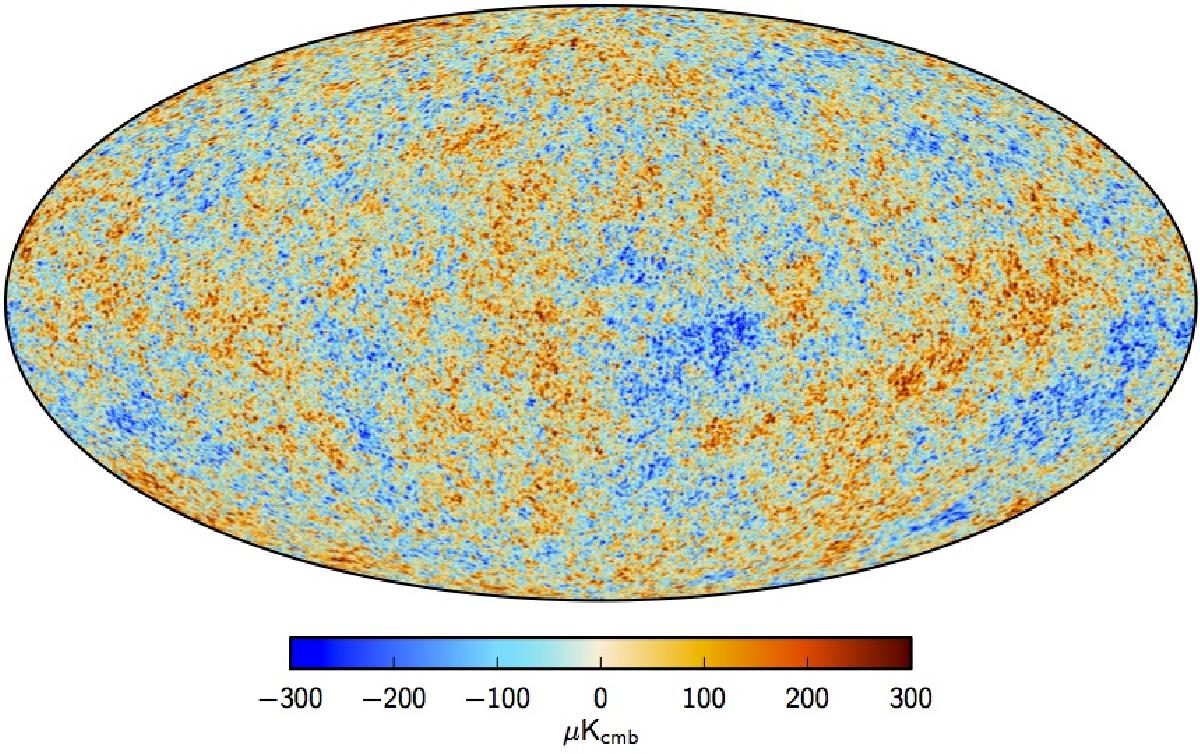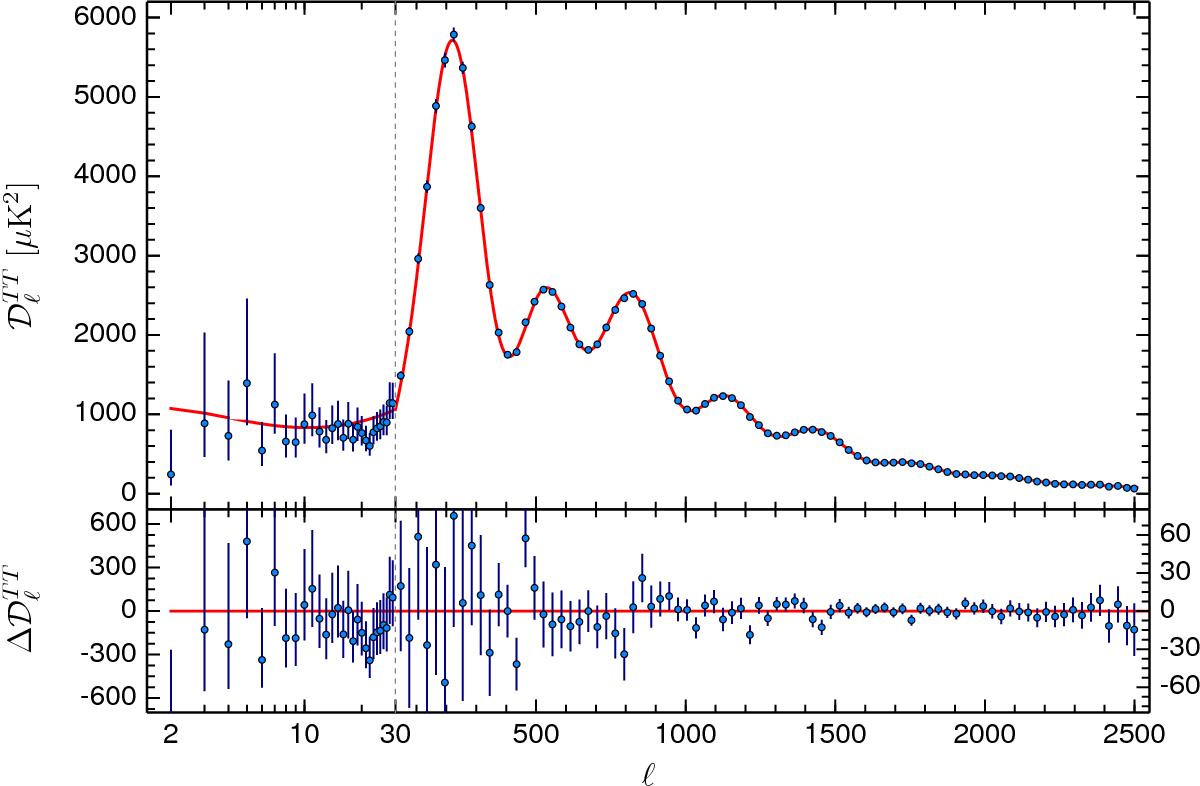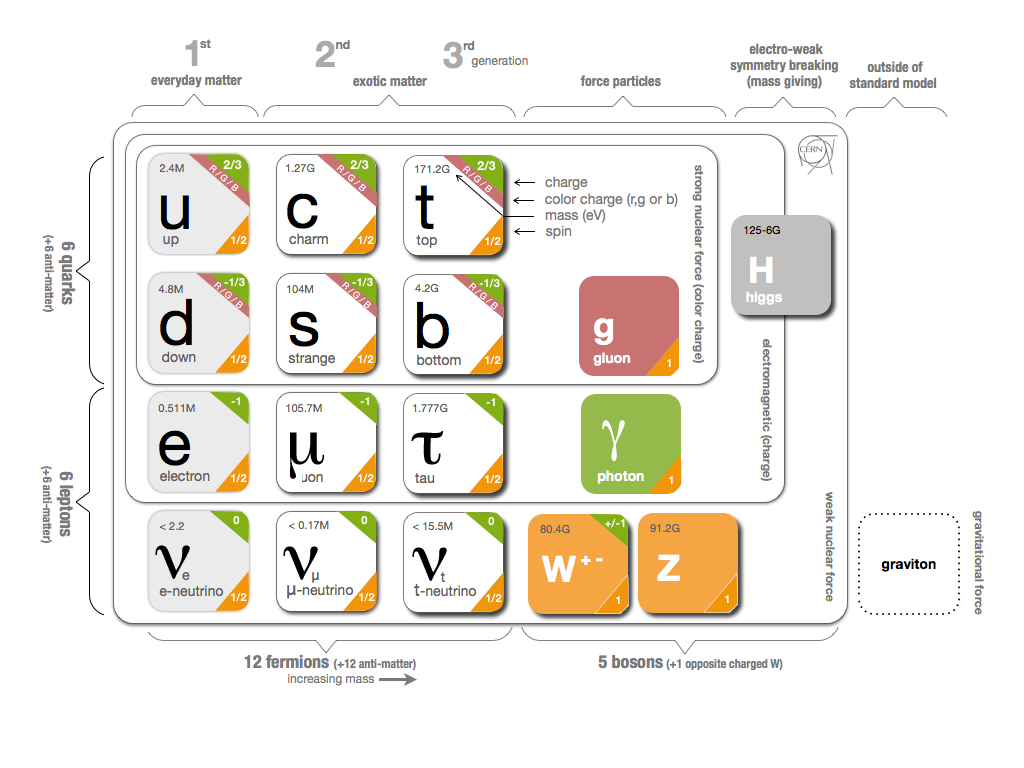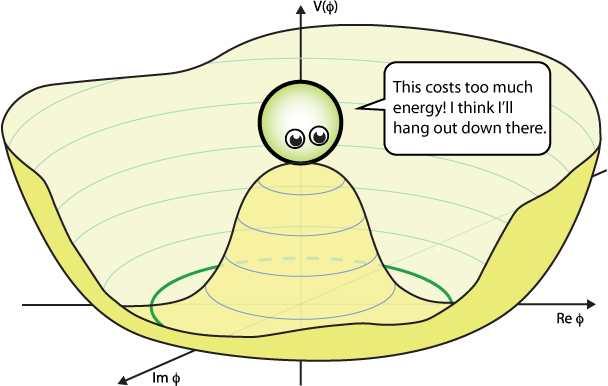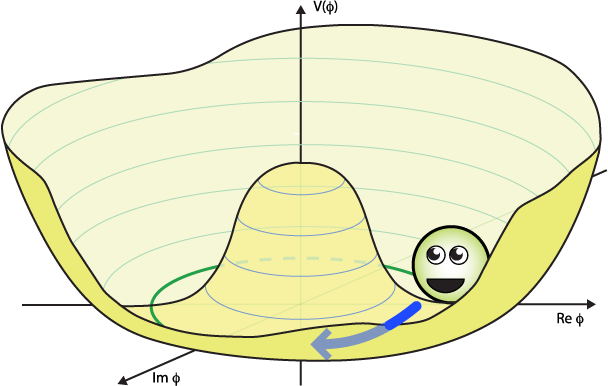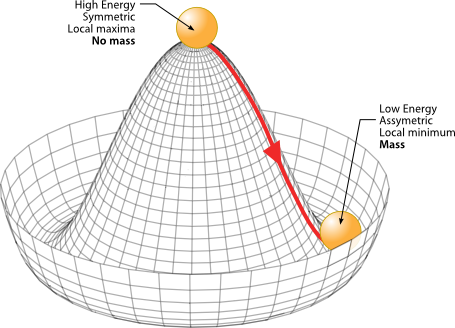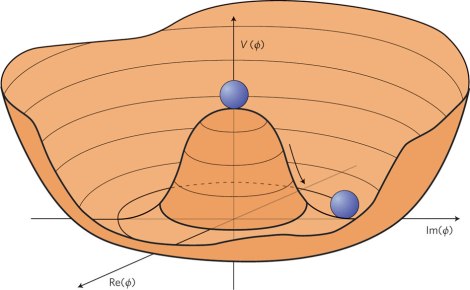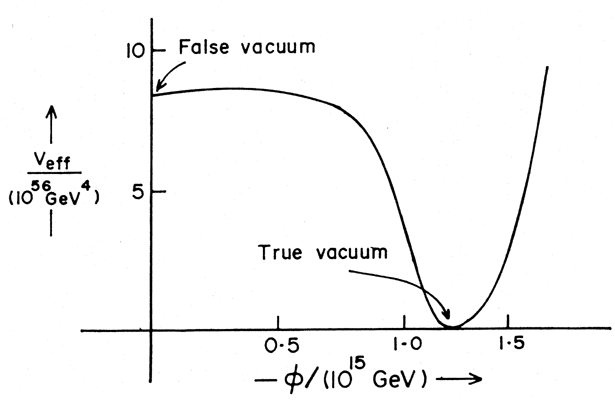Many of the classical solutions of Einstein's equations of space-time have universes that apparently had a beginning from a state of infinite density and zero space-time dimension. GR also predicts their occurrence inside collapsed massive stars that are called black holes. What makes singularities attractive for study is that they are straightforwardly the zones where GR theory fails and hence better insights into such regions provide physicists with clues of how a Quantum Gravity theory may look like.
But the first question is this. Does General Relativity truly predict singularities in our universe? This in itself was the major debate till 1980 when Penrose and Hawking clearly proved that if GR equations are applicable exactly to the universe there must be some past or future singularities in all physically relevant models of the universe.
When singularities first appeared, Einstein thought that they were artifices of simplifying assumptions made by the researchers in finding solutions to his equations. For example most early solutions excluded radiation pressure, and this, Einstein thought would stop any region of space-time to get to infinite density. Unfortunately pressure itself was a form of energy density and hence had a gravitational effect. Thus, as mass and radiation is squeezed further, this attractive gravitation effect of pressure overwhelms the repulsive effect of pressure and accelerates the collapse to infinity.
The next attempt was made to show that singularities are artifacts of the coordinate system. This was proposed by Lif****z, and was argued as follows. Just as the point of convergence of all longitudes at the north pole does not imply anything special about the North pole, so also the point of convergence of all time lines into a "singularity" is just an artifact of our coordinate system. Thus one can avoid singularities by a series of coordinate changes. However, careful analysis over time showed that the singular region continue to persist through such coordinate transformation and hence was a "real" feature of the model. At this point singularities also got a mathematically sound definition as any region of space-time where any event-line or light ray begins or end and cannot be continued any further. This is very similar to how magnetic field lines behave as they converge or diverge on a pole, but instead here we have event lines that converge or diverge on a gravitationally singular region that looks like a perforation or an edge of space-time surface. A universe without a singularity is an universe without a past or a future end point as all event lines can be traced back and forward indefinitely. Thus the reformulation of singularities as regions or points or lines where event lines end or begin creates a fruitful way to see if our universe is indeed finite or infinite in past or future. This also overturns another intuition. Just like magnetic field lines, it appears entirely possible for universes to exist where only some event lines have a beginning or an end while others do not. In such universes (and ours may be one such) the question of beginning and ends depends on which event line one is located at.
With the new definition of singularity above, it became possible for Hawking and Penrose to create their singularity theorem in 1970.
The Singularities of Gravitational Collapse and Cosmology | Proceedings of the Royal Society of London A: Mathematical, Physical and Engineering Sciences
They showed that if:-
1)Space and time are sufficiently smooth
2)There are no closed time-like curves (no time travel)
3)There is enough matter and radiation in the universe so that overall gravitational force is large enough
4)Gravity is always attractive (ie cosmological constant is small)
5) Einstein's GR is always true
Then there necessarily exists one space-time event line that had a beginning.
The first three assumptions are true for our universe. The fourth was held to be true at that time but does not hold if inflation occured. That was the reason that the second singularity theorem by Borde, Guth, Velankin was needed.
The fifth assumption is the crux. GR is certainly violated at high energy densities as its incompatible with QM. What the singularity theorem shows is that a full quantum gravity theory will be needed after all and one cannot do cosmology at black holes and big bangs with just GR.
I will look at how the concept evolved after 1970 in later posts.
Much of the material comes from reading John Barrows "Book of universes" and associated papers.
But the first question is this. Does General Relativity truly predict singularities in our universe? This in itself was the major debate till 1980 when Penrose and Hawking clearly proved that if GR equations are applicable exactly to the universe there must be some past or future singularities in all physically relevant models of the universe.
When singularities first appeared, Einstein thought that they were artifices of simplifying assumptions made by the researchers in finding solutions to his equations. For example most early solutions excluded radiation pressure, and this, Einstein thought would stop any region of space-time to get to infinite density. Unfortunately pressure itself was a form of energy density and hence had a gravitational effect. Thus, as mass and radiation is squeezed further, this attractive gravitation effect of pressure overwhelms the repulsive effect of pressure and accelerates the collapse to infinity.
The next attempt was made to show that singularities are artifacts of the coordinate system. This was proposed by Lif****z, and was argued as follows. Just as the point of convergence of all longitudes at the north pole does not imply anything special about the North pole, so also the point of convergence of all time lines into a "singularity" is just an artifact of our coordinate system. Thus one can avoid singularities by a series of coordinate changes. However, careful analysis over time showed that the singular region continue to persist through such coordinate transformation and hence was a "real" feature of the model. At this point singularities also got a mathematically sound definition as any region of space-time where any event-line or light ray begins or end and cannot be continued any further. This is very similar to how magnetic field lines behave as they converge or diverge on a pole, but instead here we have event lines that converge or diverge on a gravitationally singular region that looks like a perforation or an edge of space-time surface. A universe without a singularity is an universe without a past or a future end point as all event lines can be traced back and forward indefinitely. Thus the reformulation of singularities as regions or points or lines where event lines end or begin creates a fruitful way to see if our universe is indeed finite or infinite in past or future. This also overturns another intuition. Just like magnetic field lines, it appears entirely possible for universes to exist where only some event lines have a beginning or an end while others do not. In such universes (and ours may be one such) the question of beginning and ends depends on which event line one is located at.
With the new definition of singularity above, it became possible for Hawking and Penrose to create their singularity theorem in 1970.
The Singularities of Gravitational Collapse and Cosmology | Proceedings of the Royal Society of London A: Mathematical, Physical and Engineering Sciences
They showed that if:-
1)Space and time are sufficiently smooth
2)There are no closed time-like curves (no time travel)
3)There is enough matter and radiation in the universe so that overall gravitational force is large enough
4)Gravity is always attractive (ie cosmological constant is small)
5) Einstein's GR is always true
Then there necessarily exists one space-time event line that had a beginning.
The first three assumptions are true for our universe. The fourth was held to be true at that time but does not hold if inflation occured. That was the reason that the second singularity theorem by Borde, Guth, Velankin was needed.
The fifth assumption is the crux. GR is certainly violated at high energy densities as its incompatible with QM. What the singularity theorem shows is that a full quantum gravity theory will be needed after all and one cannot do cosmology at black holes and big bangs with just GR.
I will look at how the concept evolved after 1970 in later posts.
Much of the material comes from reading John Barrows "Book of universes" and associated papers.

